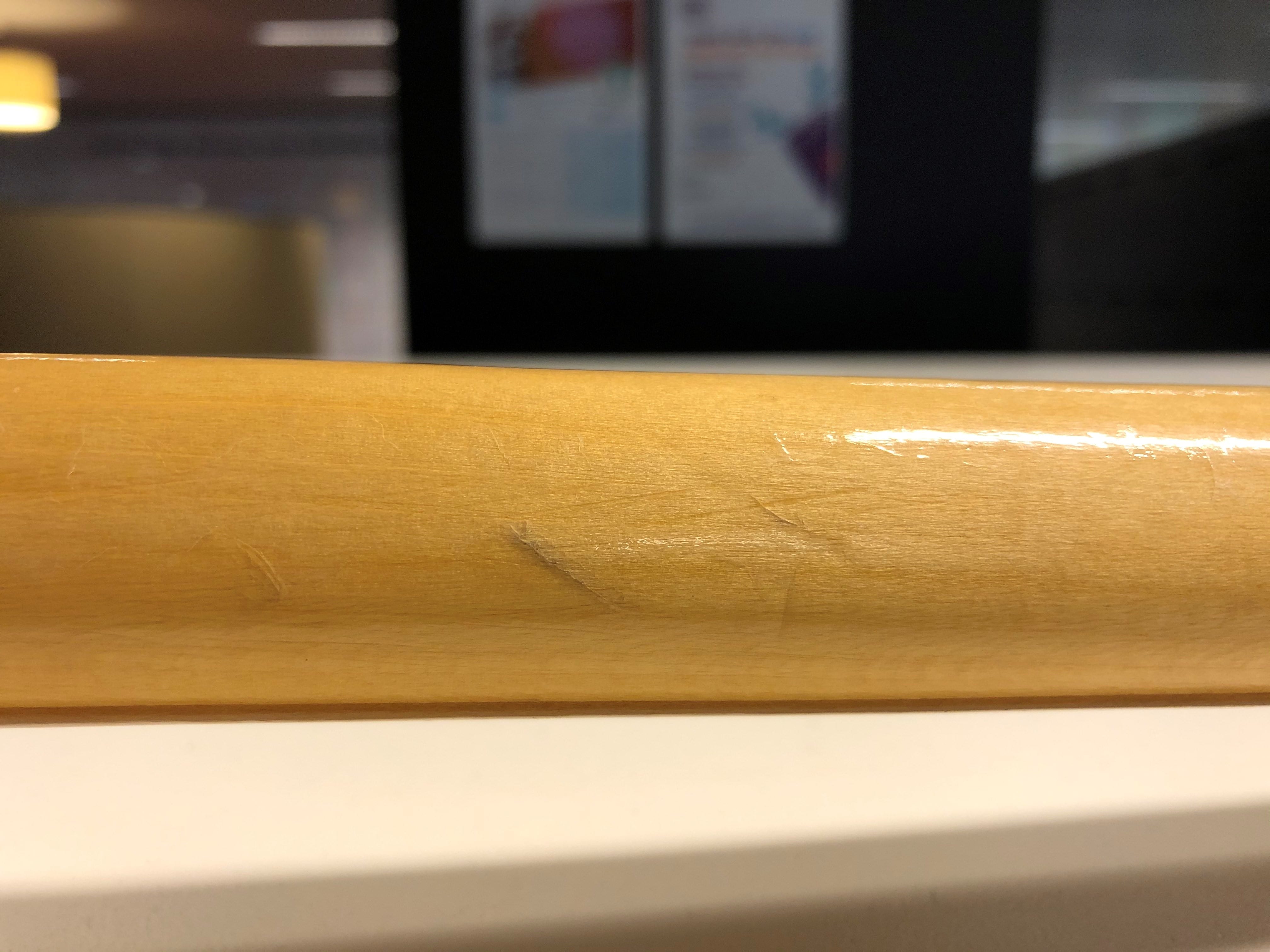


On this post, we’ll be discussing:
- What is varnish?
- How to look after it
- What happens when you don’t
What is varnish?
Varnish is essentially clear paint. Paint with added pigment. When varnish is used, it’s usually so that the natural tones and grains of wood are visible. It’s technically possible for paddle makers to use coloured paint rather than varnish.
Varnish is also a barrier between the wood and the stuff that damages it. People around the world have used varnish for this purpose for a few millennia.
For us as paddle users, the above are important because:
- Wood is pretty
- If the wood gets exposed or damaged, we can see it quickly
- Exposed wood would deteriorate in the elements, or rot
- Salt, water and the sun damages it
How do you look after your varnish?
So, we’ve established that varnish is good stuff. So, you want to look after it, because it’s looking after your paddle.
Here are some ways you can keep your varnish in good condition:
- Never throw your paddle on the ground, before or after a training session
- Never rest your paddle against a wall or park bench. A gust of wind would pick up your paddle and send it falling.
- Don’t use your paddle to prod against stuff
- When you paddle, during switches, take note of any abnormal rough spots as your hand slides up the paddle (don’t stop paddling though! Just take a mental note)
- Inspect your paddle (at home) after every few training sessions. You can do this visually or by touch
- Patch your varnish as soon as you notice damage.
In a future post, we’ll talk about how to patch varnish.
What happens when you don’t look after your varnish?
Well, I could put up some photos of snapped paddles… but I don’t have any on hand. I have however, some examples of minor damage. Check out the below images. They’re from the same paddle.
This first example is of exposed wood being weathered – this walnut wood handle’s rich, chocolate-brown colour has become a little grey, and if you look closely, you’ll see some loosened varnish, looking like a boil.
Loosened varnish happens when the exposed wood absorbs water, expands, lifting the varnish with it. When the wood dries and contracts, the varnish becomes de-laminated from the wood.
The second example shows minor exposure of wood on the shaft. If not attended soon, the wood will take in water, expand, lift the varnish, take on even more water, and the viscious sycle keep s continue.
Next up: what to do with a paddle that has damaged varnish.

